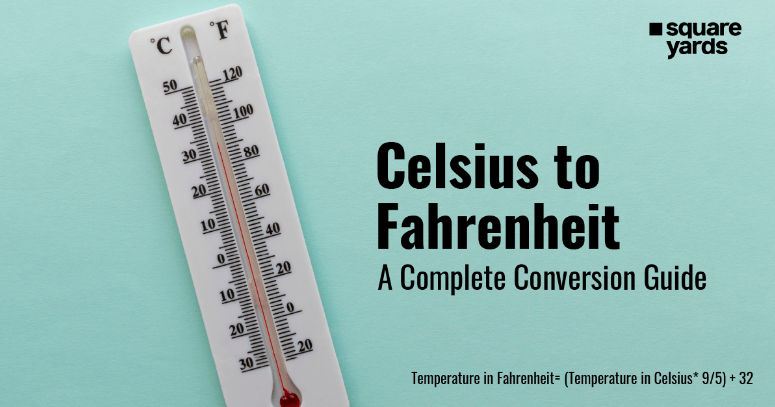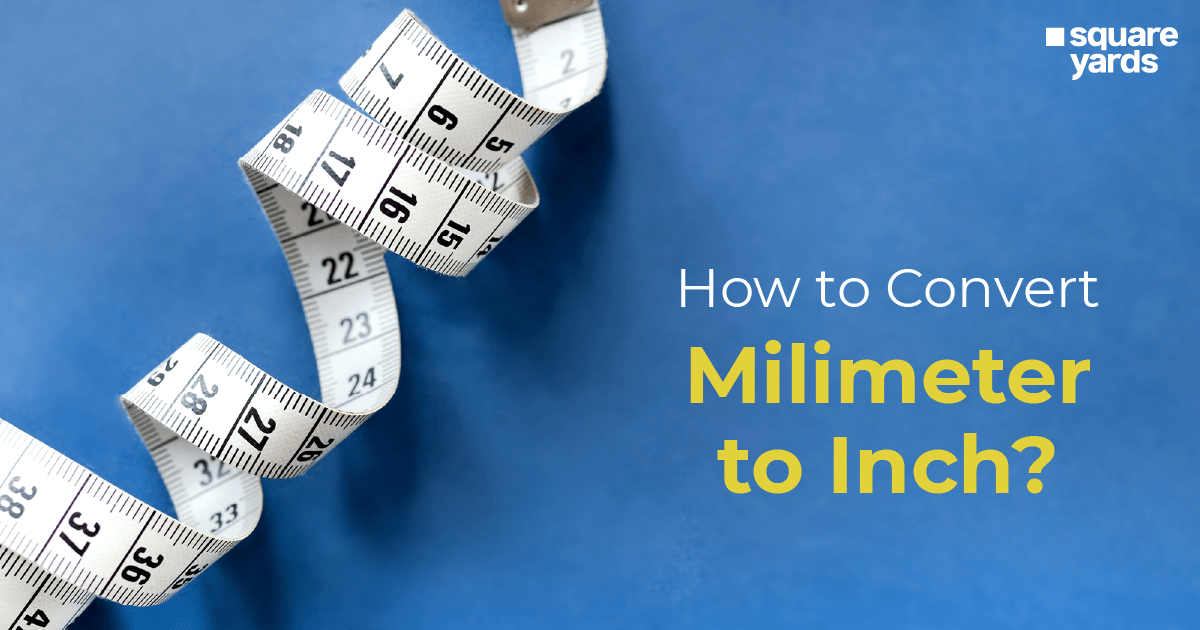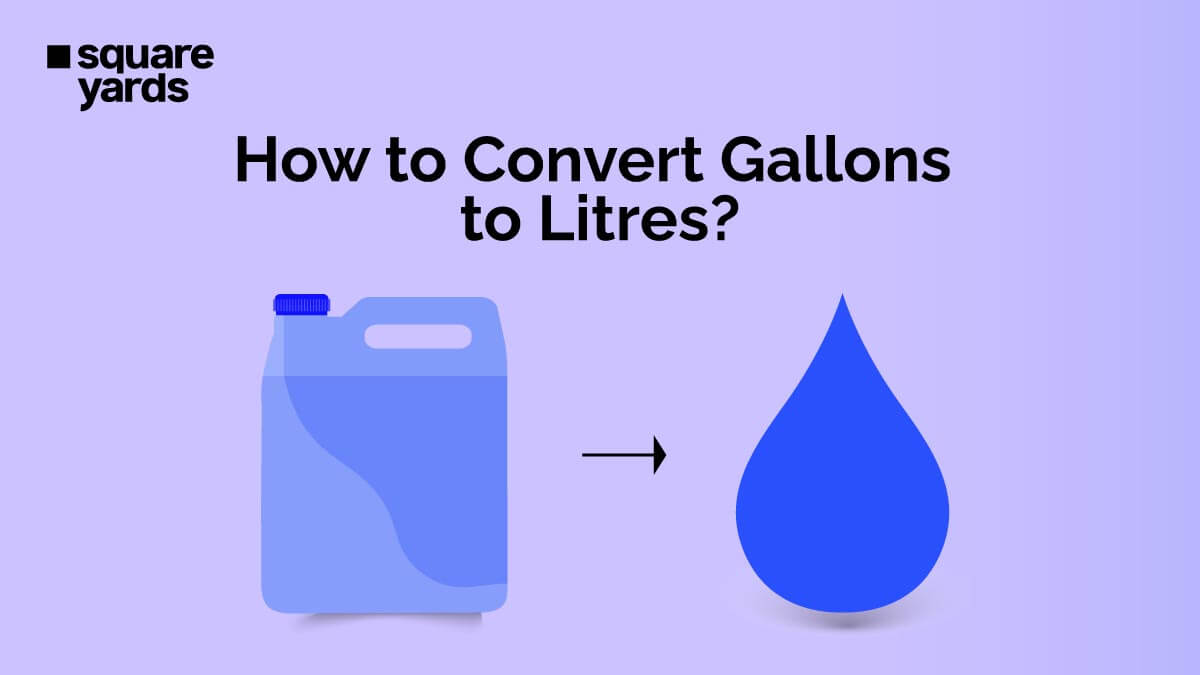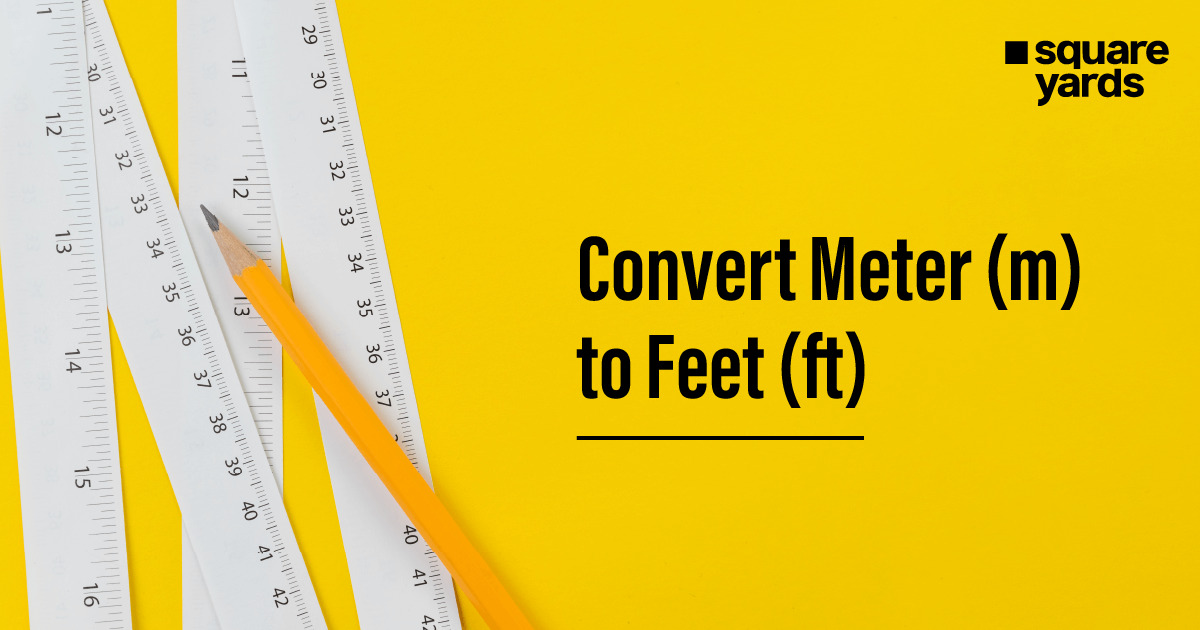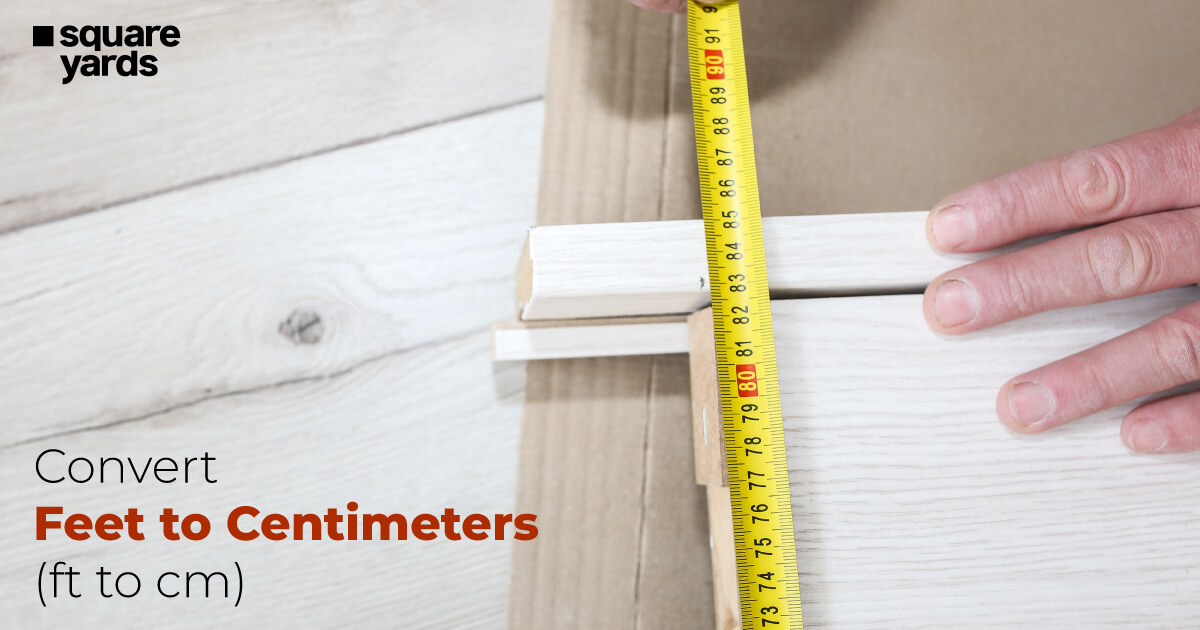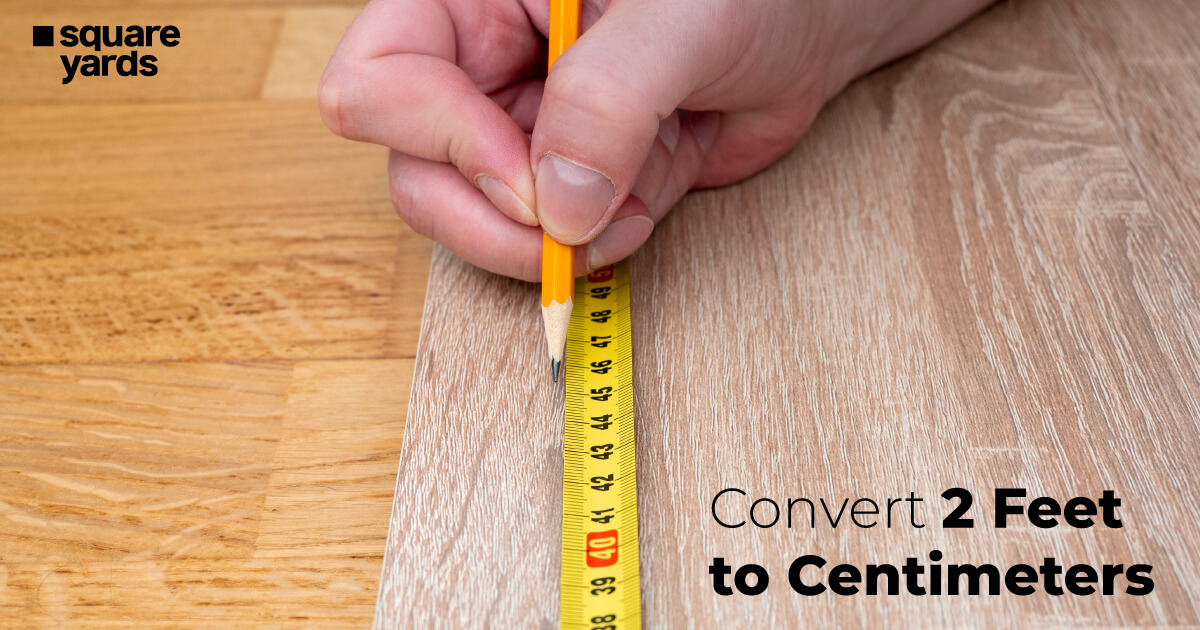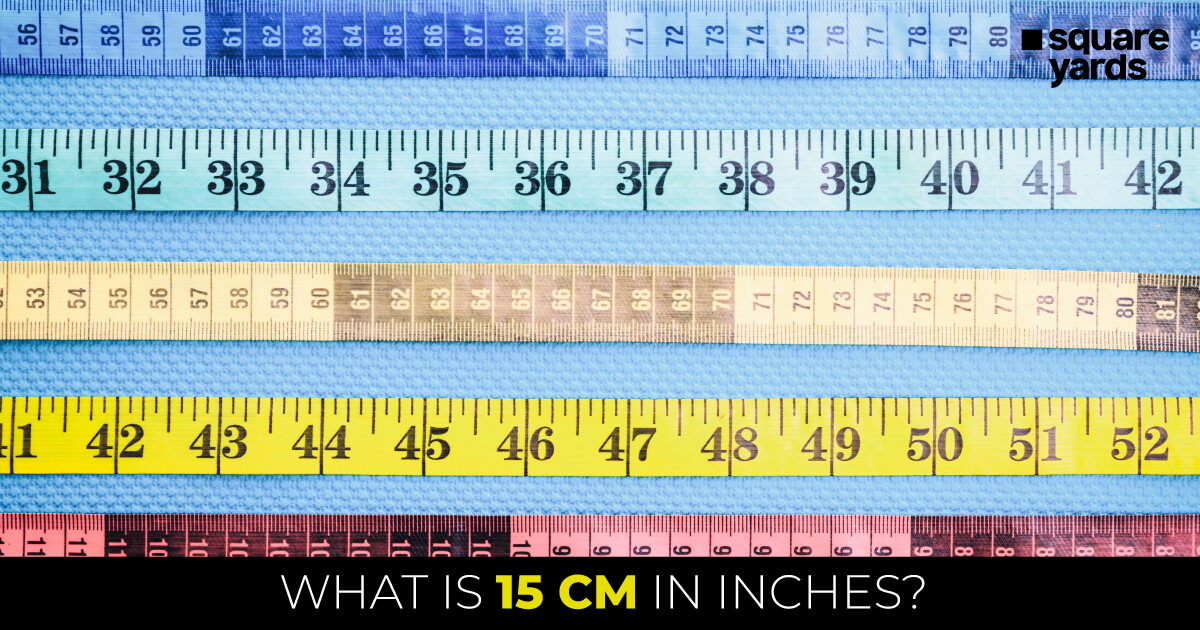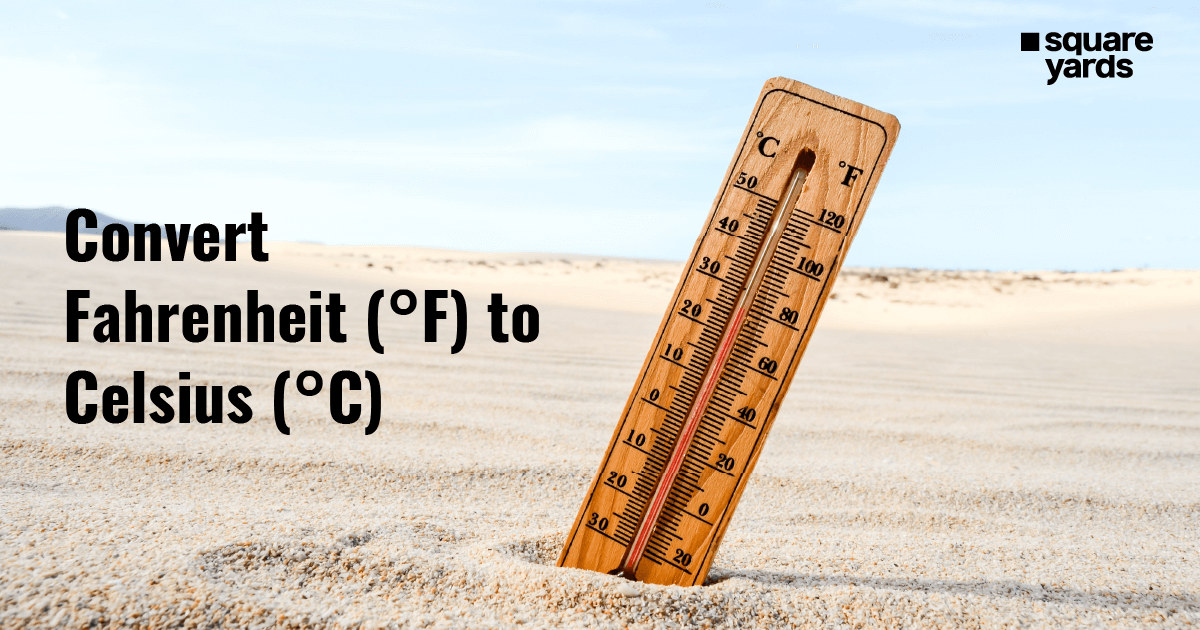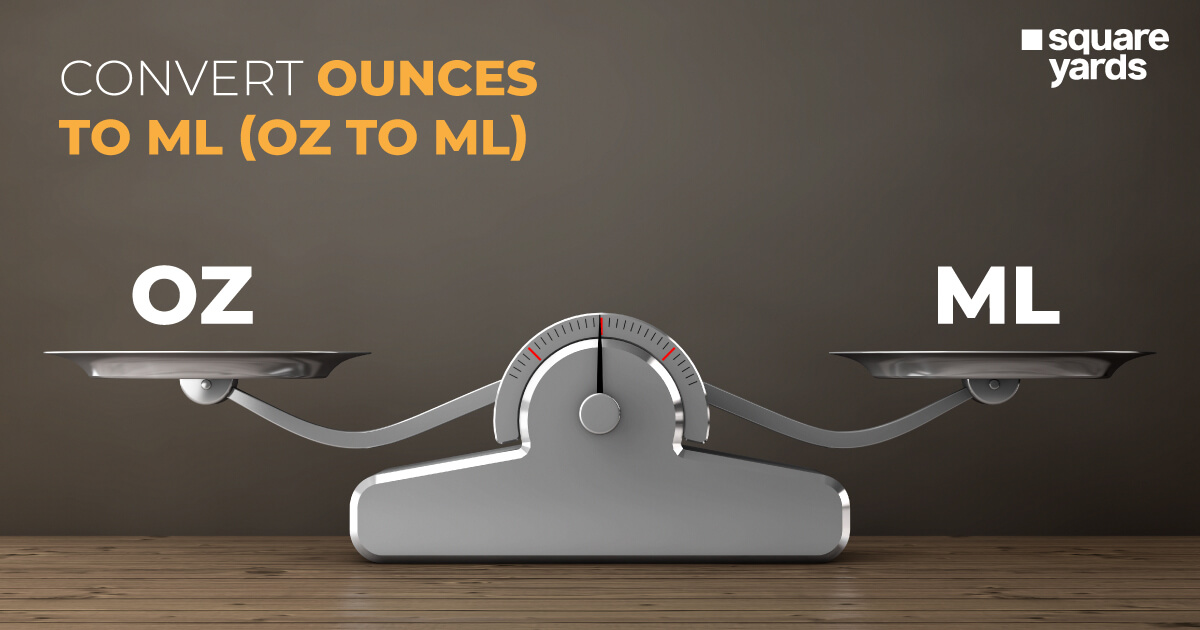The conversion of units is the method by which one measurement unit is converted into another (for instance- liters to gallons). Conversion is crucial because it gives us a clearer idea of how much something weighs, how much it costs, and what dimension it will be. Every conversion is significant, and we must comprehend how they function. Unit conversion is changing standard units from one form to another to suit the demands.
This blog will discuss the relationship between liters and gallons, how to convert liters to gallons, and other similar topics.
Liters To a Gallon – How To Convert?
The formula for converting liters to gallons is very useful in resolving fluid-related issues. The formula for converting between gallons and liters is as follows:
Liters to Gallons – 1 liter equals 0.264172 gallons.
The formula for converting liters to gallons is thus stated as follows: gallons = 0.264172 liters. To convert the liters into gallons, we simply multiply by 0.264172 or divide by 3.785.
Liters To Gallon – Formula
To convert it to gallons, you must multiply the value in liters by 0.264172. The following is the formula for performing the same:
Formula – Gallons = Liters * 0.264172
Liters To Gallon – Examples
Example 1 – A water bottle has a capacity of 2 liters. Do you know how many gallons it would be?
Answer –
When converting liters to gallons, liters equal 0.264172 gallons.
Using this Formula – Gallons = Liters * 0.264172
Gallons = 2 * 0.264172 = 0.528344 gallons
Example 2 – A trash container has an 8-liter volume. How much waste can a trash container store in gallons?
Solution:
To determine the trash can’s capacity in gallons.
The garbage can’s capacity is 8 liters.
When converting liters to gallons, liters equal 0.264172 gallons.
Gallons equals 0.264172 x 8 = 2.11337
Example 3 – Convert 12 liters to gallons
Solution:
When converting liters to gallons, liters equal 0.264172 gallons.
Using this Formula – Gallons = Liters * 0.264172
Gallons = 0.264172 x 12 = 3.170064
Example 4 – Convert 12 liters to gallons
Solution:
When converting liters to gallons, liters equal 0.264172 gallons.
Using this Formula – Gallons = Liters * 0.264172
Gallons = 0.264172 x 9 = 2.377548
Liters To Gallon Conversion Table
| Liters[l] | Gallon(gal) |
| 1 l | 0.264172 gal |
| 2 l | 0.528344 gal |
| 3 l | 0.792516 gal |
| 4 l | 1.056688 gal |
| 5 l | 1.32086 gal |
| 6 l | 1.585032 gal |
| 7 l | 1.849204 gal |
| 8 l | 2.113376 gal |
| 9 l | 2.377548 gal |
| 10 l | 2.64172 gal |
| 11 l | 2.905892 gal |
| 12 l | 3.170064 gal |
| 13 l | 3.434236 gal |
| 14 l | 3.698408 gal |
| 15 l | 3.96258 gal |
| 16 l | 4.226752 gal |
| 17 l | 4.490924 gal |
| 18 l | 4.755096 gal |
| 19 l | 5.019268 gal |
| 20 l | 5.28344 gal |
| 21 l | 5.547612 gal |
| 22 l | 5.811784 gal |
| 23 l | 6.075956 gal |
| 24 l | 6.340128 gal |
| 25 l | 6.6043 gal |
| 26 l | 6.868472 gal |
| 27 l | 7.132644 gal |
| 28 l | 7.396816 gal |
| 29 l | 7.660988 gal |
| 30 l | 7.92516 gal |
| 31 l | 8.189332 gal |
| 32 l | 8.453504 gal |
| 33 l | 8.717676 gal |
| 34 l | 8.981848 gal |
| 35 l | 9.24602 gal |
| 36 l | 9.510192 gal |
| 37 l | 9.774364 gal |
| 38 l | 10.038536 gal |
| 39 l | 10.302708 gal |
| 40 l | 10.56688 gal |
| 41 l | 10.831052 gal |
| 42 l | 11.095224 gal |
| 43 l | 11.359396 gal |
| 44 l | 11.623568 gal |
| 45 l | 11.88774 gal |
| 46 l | 12.151912 gal |
| 47 l | 12.416084 gal |
| 48 l | 12.680256 gal |
| 49 l | 12.944428 gal |
| 50 l | 13.2086 gal |
| 52 l | 13.736944 gal |
| 54 l | 14.265288 gal |
| 56 l | 14.793632 gal |
| 58 l | 15.321976 gal |
| 60 l | 15.85032 gal |
| 62 l | 16.378664 gal |
| 64 l | 16.907008 gal |
| 66 l | 17.435352 gal |
| 68 l | 17.963696 gal |
| 70 l | 18.49204 gal |
| 72 l | 19.0203 gal |
| 74 l | 19.548728 gal |
| 76 l | 20.077072 gal |
| 78 l | 20.605416 gal |
| 80 l | 21.13376 gal |
| 82 l | 21.662104 gal |
| 84 l | 22.190448 gal |
| 86 l | 22.718792 gal |
| 88 l | 23.247136 gal |
| 90 l | 23.77548 gal |
| 92 l | 24.303824 gal |
| 94 l | 24.832168 gal |
| 96 l | 25.360512 gal |
| 98 l | 25.888856 gal |
| 100 l | 26.4172 gal |
What is The definition of liters(l)?
Although technically not a SI unit, a liter (symbol: L) is a unit of volume approved for use with the International System of Units (SI). One liter is equivalent to 1 cubic decimeter (dm3), 1,000 cubic centimeters (cm3), or 1/1,000 cubic meters (m3).
-
How are Liters Utilised?
The lit iers a common unit of measurement for liquid volumes and is also used to identify containers that hold liquids. It is also used to measure some non-liquid volumes, such as the capacity of car trunks, bags and hiking packs, computer cases, ovens, freezers, and garbage bins, in the majority of countries throughout the world.
-
Liters – History
A liter was once thought of as the volume of one kilogramme of pure water at its greatest density at atmospheric pressure. This definition was in place from 1901 to 1964. The definition of the liter was changed back to its original and current definition after it was realised that the prototype kilogramme was slightly too large (making the liter equal to 1.000028 dm3 rather than 1 dm3) and that the mass-volume relationship of water is based on several variables that can be difficult to control (temperature, pressure, purity, isotopic uniformity).
What is The Definition of a gallon(gal)?
In both the US customary and imperial measurement systems, a gallon is a unit of volume, particularly for liquid capacity. 231 cubic inches are regarded as one US gallon (3.785 liters). On the other hand, the imperial gallon is defined as 4.54609 liters and is used in the UK, Canada, and several Caribbean countries.
-
What is the Use of Gallon(gal)?
In the US, gallons are widely used to describe larger containers like half-gallon ice cream buckets or one-gallon milk cartons. Additionally, in the US and several of its regions, gallons are widely used to indicate fuel economy. Since most nations use liters when discussing fuel, the imperial gallon is used less frequently than the US gallon.
-
Gallon – History
The word “galleon” resembles “gallon” in Old Northern French. It was invented in England to measure wine and beer, leading to units such as the wine gallon, ale gallon, and imperial gallon. The gallon was based on a precise conversion using a linear measure cubed during various periods. A logical estimate of the volume of a cylindrical object that could be used as a common container, such as a basket, barrel, or jar, served as the basis for the gallon in other ages. Given these alternatives and the range of cultures utilising the gallon, it shouldn’t be surprising that the exact number has changed.
Liters To Gallons – The Relation Between The Two Units
Liters to gallons, has an easy-to-understand relationship. The crucial point to remember is that a liter contains 0.2641720524 US gallons. On the other hand, a gallon contains 3.785411784 liters.
Abbreviations Commonly Used To Represent Liters and Gallon
Under the metric system, a liter serves as the unit for measuring volume. Since liters are frequently represented by the letter L, “5 L” stands for “5 liters” (you can also use lowercase l).
The gallon abbreviation is simple. It’s a gal. On rare occasions, it is also abbreviated to GL.
What is The Difference Between Liters(l) and Gallon(gal)?
| Basis of Comparison | Gallon | Liter |
| Definition | Gallon is an imperial unit of the volume | The metric unit of volume is the liter. |
| Symbol | Gal or GL | L or l |
| Use | It is a standard gasoline metric. | Used to measure liquid elements, while sometimes non-liquid elements too. |
| Relation | 1 gal = 3.78541 L | 1 L = 0.2641720524 gal |
| Size | One gallon is bigger than a liter | A gallon is nearly 4 times smaller than one liter. |
| Applicability | Use in countries like US, Columbia, and more. | Use in countries such as the US, Canada, and some other countries. |
It is evident that the conversion can seem intimidating at first. However, it will be simpler if you are familiar with the conversion formula. Additionally, by using Square Yards’ liters to gallons calculator, you can do away with manually converting liters to gallons. The most precise numbers can be obtained in a very brief amount of time with Square Yards. So, if you’re wondering how to convert from l to gal, you’ve come to the perfect place.
You May Also Read :
| Conversion of Inches To Cm | Inches To Cm |
| All About Inch To Mm | Inch To Mm |
| How To Convert Feet To Meters | Feet To Meters |
| Guide To Miles To Km | Miles To km |
Frequently Asked Question (FAQs)
How do I convert liters to gallons?
One liter equals 0.264172 gallons according to the conversion formula between liters and gallons. The formula for converting liters to gallons is thus: gallons = 0.264172 liters.
Are 4 liters the same as 1 gallon?
There are 3.785 liters in a gallon, and a liter is 0.264 a gallon.
What is 1 gallon equal to in Liters?
One US gallon is equal to 3.785411784 liters.
What is 1 gallon equal to in Liters?
One US gallon is equal to 3.785411784 liters.


